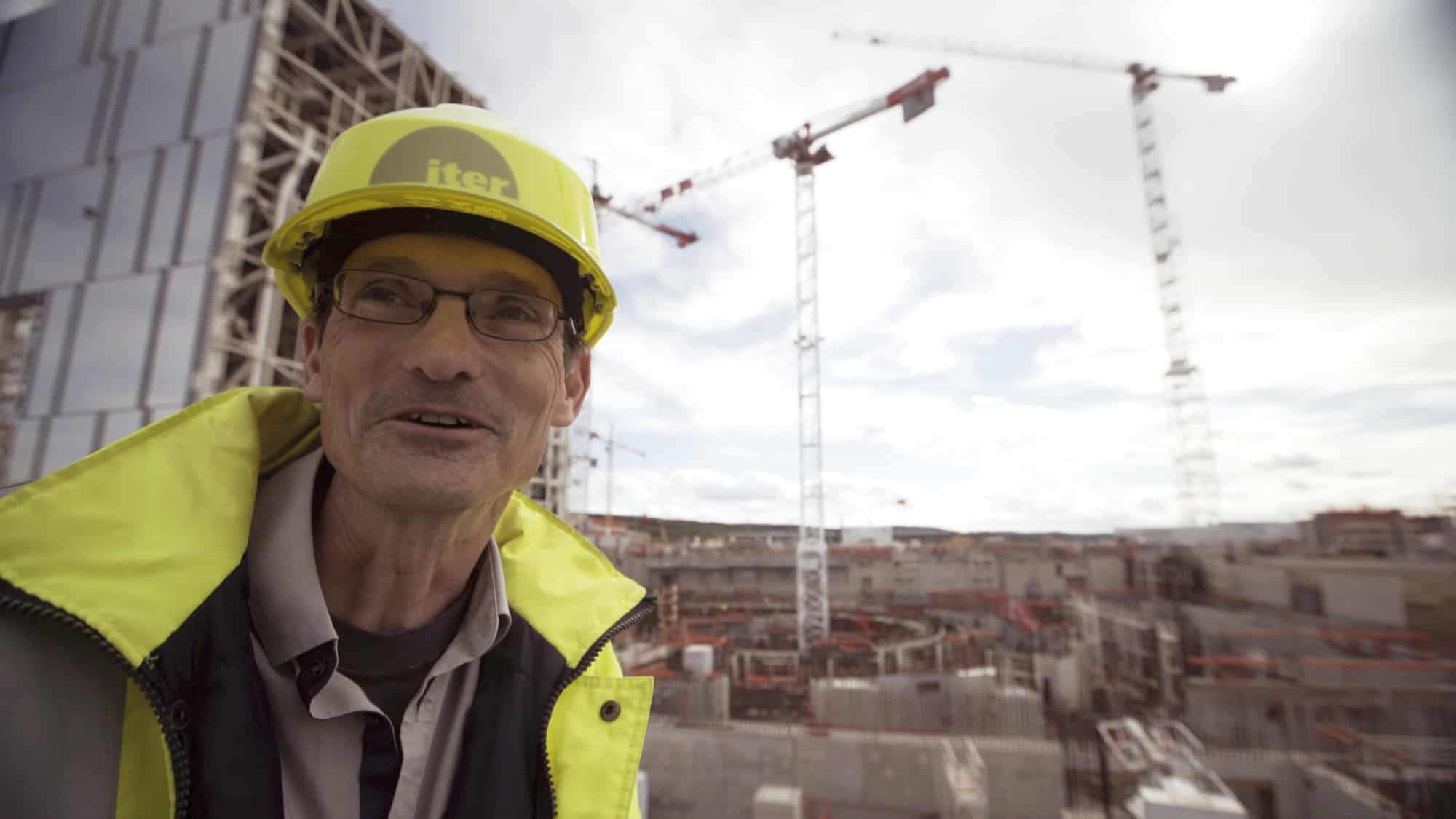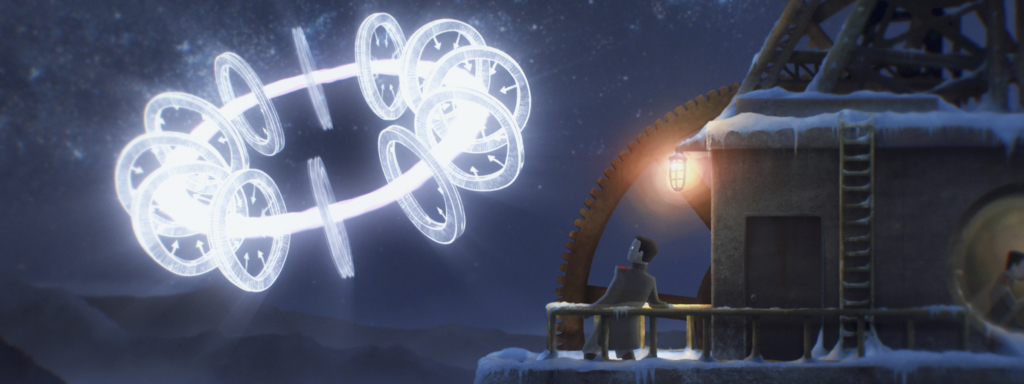Tushna Commissariat reviews Let There Be Light: the 100 Year Journey to Fusion, written and directed by Mila Aung-Thwin
“Imagine putting the Sun in a bottle…that’s what we’re trying to do.” As an opening line in a film it’s a powerful one. Nuclear fusion is often sold as a panacea, and while it would indeed be a clean and seemingly endless source of energy, achieving and sustaining fusion in lab conditions is no mean feat. Written and directed by film-maker Mila Aung-Thwin, Let There Be Light: the 100 Year Journey to Fusion tells the story of our ongoing quest for fusion here on Earth, with a prominent focus on the science and the scientists behind ITER – the International Thermonuclear Experimental Reactor – based in France, as well as a few other fusion companies too. ITER was first proposed in 1985, as the first inkling of such technology was shared during the Cold War, when the Soviet Union’s Mikhail Gorbachev and US president Ronald Reagan agreed to collaborate “in obtaining this source of energy, which is essentially inexhaustible, for the benefit for all mankind”. Today, ITER encompasses not only the US and Russia but China, the European Union, India, Japan and Korea too.
Before going further into the film, I must point out a pet peeve of mine in documentaries, which is not knowing who is speaking for vast chunks of the film. As a viewer I dislike hearing a disembodied voice with no knowledge of who it is (as this often means a loss of context), and this was the case for the first 10 minutes or so of Let There Be Light. Apart from that small misgiving, I enjoyed the mix of artistic visuals, footage from ITER, on-screen graphics and schematics, and animated historical scenes. One of the first actual faces we meet in the film is Michel Laberge, founder and chief inventor of the private Canadian company General Fusion. He explains nuclear fission and fusion, succinctly wrapping up the whole fusion story by saying “The aim of the game is to get more energy out than you put in.”
The film also does a good job of explaining the basics of the science involved, from tokamak technology, to the toroidal magnets needed to hold the 150 million kelvin plasma, to how a gyrotron (the part that heats up the plasma) functions. This scene was particularly charming as ITER physicist Mark Henderson attempts to explain how the device works, using an analogy of creating resonance by blowing across the top of a Coke bottle. To better illustrate this fact, he sends a colleague off to buy a bottle only for the colleague to return with a (useless) can. “Man… you call yourself a physicist!” Henderson exclaims.

Ken Blackler, who oversees assembly and operations at the experiment, says that “ITER is going to be built from a million pieces so it’s a real nightmare to know where pieces are.” He goes on to explain that a tokamak is built bottom up and so it is crucial that each piece is available at the right time – this involves a considerable planning effort with all of ITER’s member states, who provide different bits. Indeed, one of the big challenges that ITER faces is its complex organizational politics. Others are its ability to receive continued funding (the project in its entirety will likely cost tens of billions of euros) and the need to stay on schedule. Indeed, ITER was supposed to achieve its “first plasma” in 2016; that date has been pushed multiple times and is now likely to be 2025, as it struggles to make sure that fusion doesn’t become one of the most “expensive failures in scientific history”.
Just as I was beginning to bemoan the lack of a single woman on screen, Sabina Griffith – ITER’s communications manager – pops up, lamenting the public’s lack of awareness when it comes to ITER. She rightly points out that taxpayers around the globe allow this project to move forward, and so ITER maintains a very “transparent” communications strategy. It’s interesting to watch Griffith coach Henderson on what to say, and not to say, when it comes to funding (or the lack thereof) from its members, especially the US. She advises that instead of complaining in official reports about how funding has decreased since the 1970s, they should instead say that “it is difficult” and remind people that to achieve fusion by the middle of this century, continued funding is key. Griffith points out that if ITER does not succeed, then “fusion will be dead, forever or at least for a very very long…nobody will bet on fusion for a long time”.

Magnet challenges for ITER
Towards the end of the film, we join Henderson as he visits the tokamak pit for the first time, and chats to some of the construction workers on site, asking if they know what they are building. “The molecules and what they do is not really our department…our job is making the structure,” says one of workmen. After a quick explanation, Henderson tells them this has been his dream since he was 14 and they are helping to make it a reality. As they say their goodbyes and thank-yous, one of the workmen adds that “My dream would be that all countries in the world can benefit…that’s my dream.”
I must admit that despite writing about physics for the last seven years, I’ve never been completely clear on ITER and what goes into making fusion energy a reality. While it’s not the most slick or engaging science documentary I’ve watched, Let There Be Light goes a long way to shedding light on this epic scientific endeavour. Laberge complains that there still isn’t enough excitement about fusion, and that people don’t mention fusion when talking about alternate energy sources – “windmills, tide, solar, chicken shit, whatever… but never fusion” he grumbles. But not before adding that he will “work on this all my life until this works”.
- Available worldwide for rent or purchase on the Vimeo platform, in English and French
- Let There Be Light: the 100 Year Journey to Fusion 2017 EyeSteelFilm, dir. Mila Aung-Thwin
- Enjoy the rest of the March 2018 issue of Physics World in our digital magazine or via the Physics World app for any iOS or Android smartphone or tablet. Membership of the Institute of Physics required




